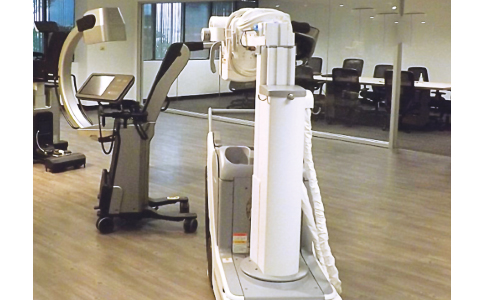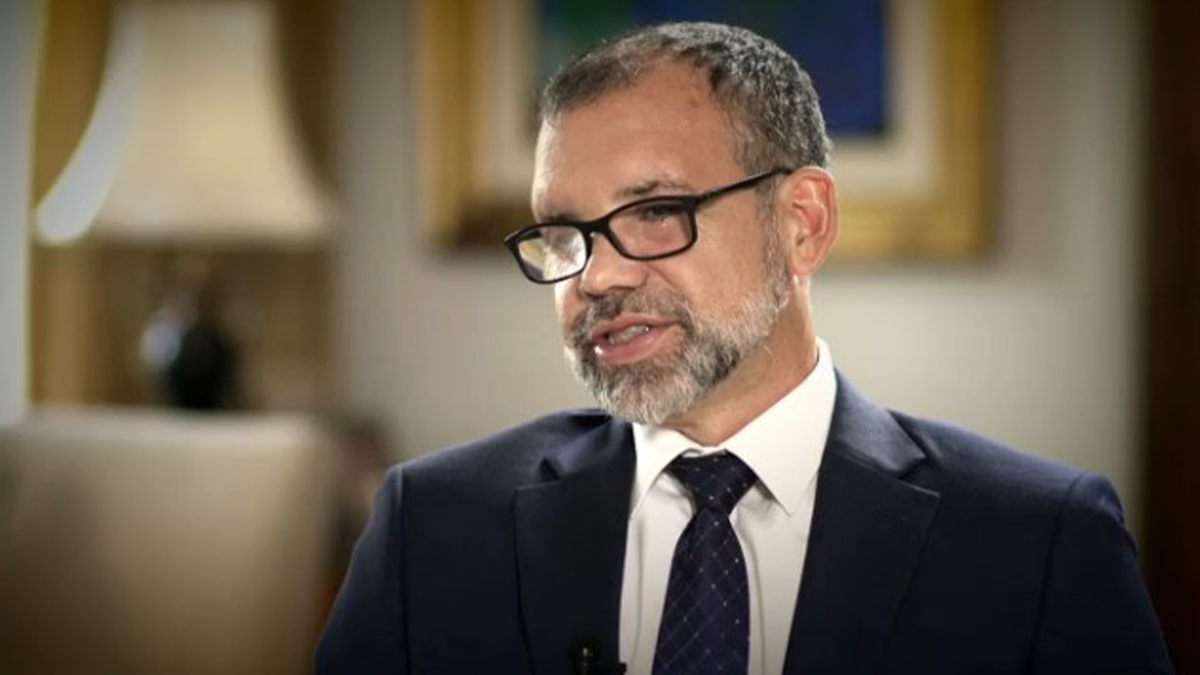Miami focus of Fujifilm drive into Latin America
Advertisement

Miami has become the focal point of Fujifilm’s expansion into Latin America, as the company adroitly shifts its core business from film products to health care and optics.
This is not the first, or even the second time that Fujifilm changed its business exposure. It was originally developed to produce nitrocellulose film for both still and movie cameras. Nitrate-based film is extremely flammable.
Remember the theater fire scene in Quentin Tarantino’s 2009 film “Inglourious Basterds”? That’s how nitrate-based film burns. Film history buffs who want more can google “Screen, burn, kill: the forgotten story of nitrate film stock.”
Fuji Photo Film, later Fujifilm, began in 1934 as the first subsidiary of a Japanese company that began in 1919 with the merger of eight celluloid manufacturers.
Within four years of Fuji Photo’s founding, nitrate film was being phased out. The company swiftly refocused its production on “safety” film, the happy, and accidental, discovery of non-flammable cellulose acetate film.
Medical technology and optics may have become Fujifilm’s new primary focus, but the company has history in both fields. After World War II Fujifilm enlarged its product base, diversifying into X-ray film and diagnostic equipment, printing, electronic imaging, optical glasses, and lenses.
Fujifilm, part of the Sumitomo Mitsui Financial Group financial conglomerate, accelerated the number of its overseas sales bases in the mid-1950s. In the 1980s it enlarged production and other bases overseas.
When the company turned its attention to Latin America, Miami became the obvious choice for its headquarters, explains Rinen Ookame, general manager of the new 8,282-square-foot facility at 6161 Blue Lagoon Dr. Suite 100, just south of Miami International Airport.
Potential customers can fly into the airport, visit Fujifilm Medical Systems, just south of the Dolphin Expressway, and stay at any one of several nearby hotels.
“Miami is considered a gateway for Latin American countries,” Mr. Ookame said. “It’s very convenient for international and direct flights.” He added that Miami is “one of the most visited cities by Latin American visitors and investors.
“With its Spanish-speaking environment, higher safety and economic stability,” Mr. Ookame said, “Miami is an extension of their homes.”
The Miami facility will produce “MRI, CT, and X-rays machines, portable x-ray machines, as well as “ultrasound machines, blood analyzers, mammographers, and endoscopic equipment,” said manager Aline Fernandez.
Currently the Miami division has 16 employees and is hiring more. The staff includes “local hires, expatriates from Japan, and transferees from other Fujifilm subsidiaries,” Mr. Ookame said, as well as “headhunting talents from Latin America.”
Fujifilm Holdings Corp is a public company headquartered in Japan with an estimated 73,275 employees, according to a company report. “In the US, the company has a notable market share in at least two industries: recordable media manufacturing and chemical product manufacturing,” the report said.
Its net income for 2021 was $1.7 billion, a more than 48% increase over 2020, according to the financial web site macrotrends.net
The company invented computed radiography (CR), which solved a number of issues of traditional radiography, resulting in a decrease of radiation exposure to both technicians and patients.
In March 2021, Fujifilm acquired Hitachi Diagnostic Imaging for $1.3 billion. “Combining the two organizations’ product line-ups,” a company report said, “Fujifilm aims to offer a comprehensive solution that caters to a broad range of clinical needs.”


